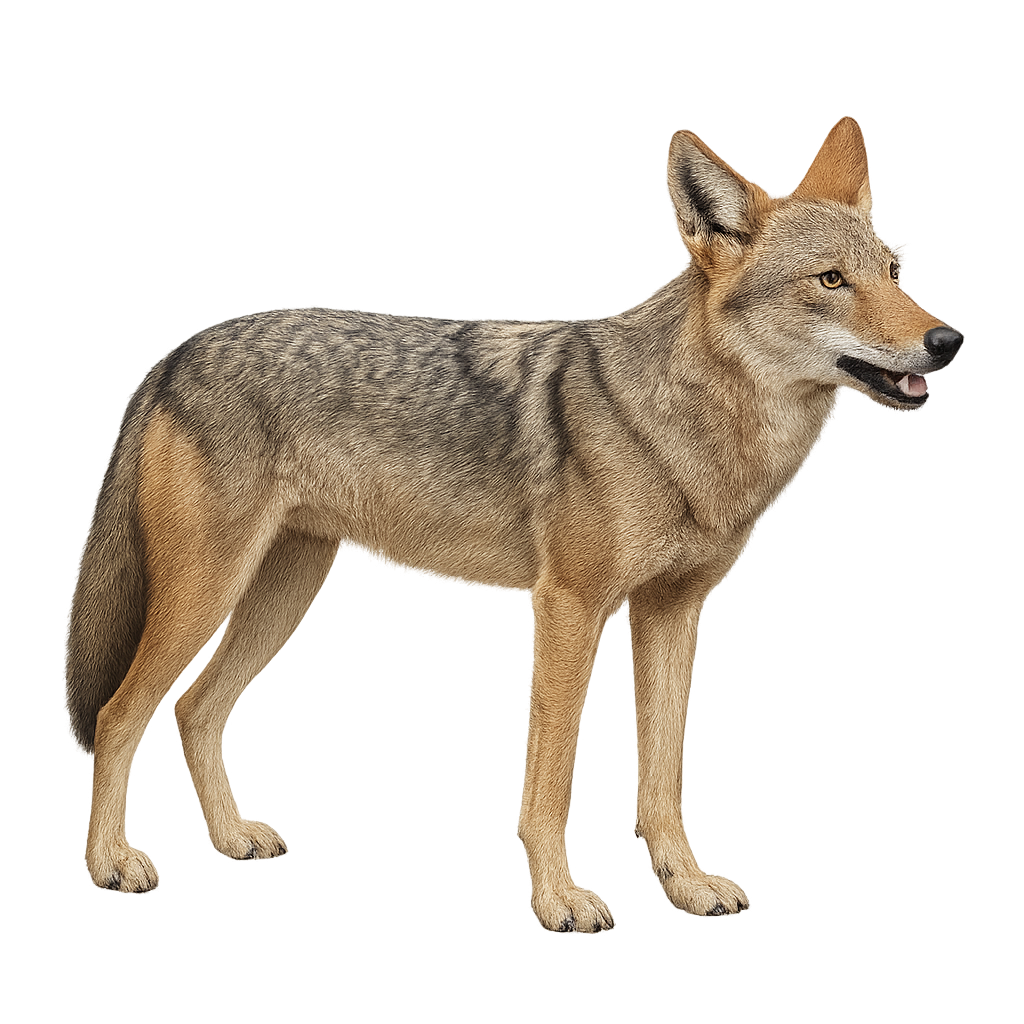Your wildlife photography guide.
Explore the african golden wolf in detail, study its behavior, prepare your shots.
Where to observe and photograph the african golden wolf in the wild
Learn where and when to spot the african golden wolf in the wild, how to identify the species based on distinctive features, and what natural environments it inhabits. The WildlifePhotographer app offers tailored photography tips that reflect the african golden wolf’s behavior, helping you capture better wildlife images. Explore the full species profile for key information including description, habitat, active periods, and approach techniques.
African golden wolf
Scientific name: Canis lupus lupaster

IUCN Status: Least Concern
Family: CANIDAE
Group: Mammals
Sensitivity to human approach: Suspicious
Minimum approach distance: 30 m
Rut period: April to August
Gestation: 18-22 jours
Births: April to September
Habitat:
Savannah, grasslands, arid zones
Activity period :
Activity varies depending on season, weather, or human pressure.
Identification and description:
The Canis lupus lupaster, commonly known as the African golden wolf, is a medium-sized canid primarily inhabiting the northern and eastern regions of Africa. It has a dense, golden coat, often interspersed with gray or silver hues, allowing it to blend into the arid and semi-arid landscapes it frequents. This opportunistic predator feeds on a variety of prey, ranging from small mammals to birds, and does not hesitate to scavenge. Although often solitary, it can form pairs or small packs for hunting. Its adaptable behavior and ability to thrive in diverse environments make it a remarkable survivor.
Recommended lens:
400 mm – adjust based on distance, desired framing (portrait or habitat), and approach conditions.
Photography tips:
To photograph the African golden wolf, it is advisable to use a telephoto lens of at least 400mm to capture detailed images from a distance. Given its suspicious behavior, it is best to remain discreet and blend into the environment to avoid scaring it away. The best times to observe it are at dusk when activity peaks. Favor open areas like savannahs or grasslands to maximize your chances of spotting it. A tripod can be useful to stabilize your camera during low-light shooting.
The WildlifePhotographer App is coming soon!
Be the first to explore the best nature spots, track rutting seasons, log your observations, and observe more wildlife.
Already 1 429 wildlife lovers subscribed worldwide

